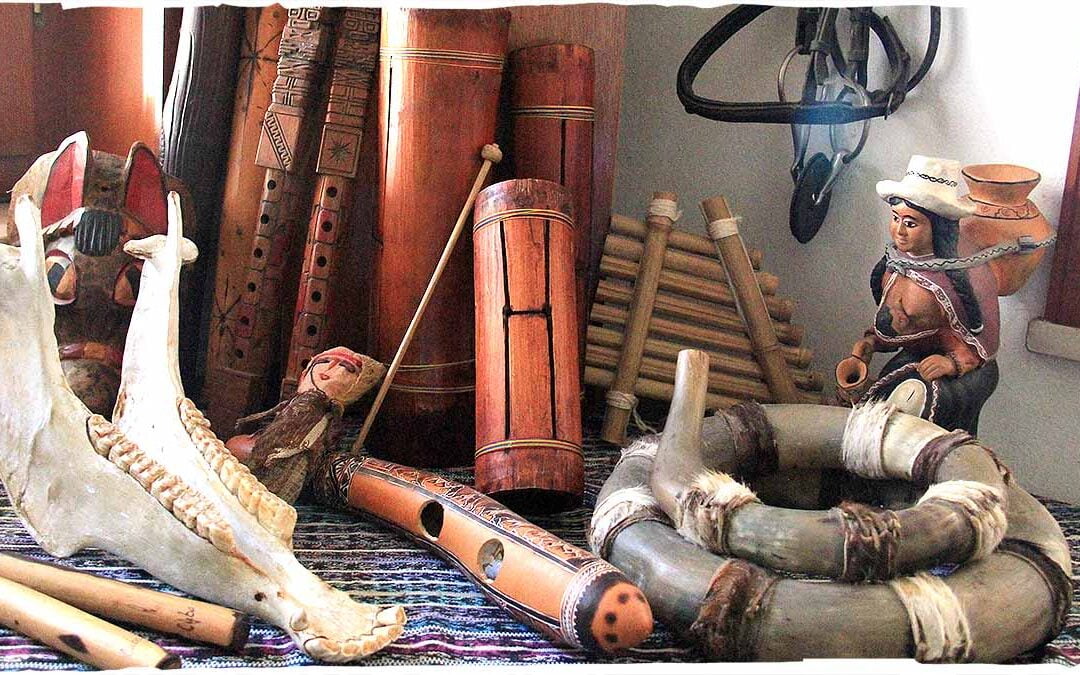Latin music genres
Latin music genres – In recent years, Latin American music has taken the world by storm! This is a fact, confirmed by the immense popular consensus that the musical pieces and songs proposed by various artists from different countries and continents.
How was latin music created
How was latin music created is now widely documented by hundreds of experts, so I won’t be here to list them again. Instead, I want to tell you about my personal experiences and share with you the emotions I felt when, on my numerous trips to South America, I learned to know and appreciate these incredible rhythms and melodies. Rhythms and melodies of Latin American music that characterize all Latin American musical genres.
Latin music genres and Musical Instruments
Since my first trips, my curiosity has been monopolized by the multiplicity and particularity of the musical instruments typical of the different places I went. Since the rhythmic basis of local music is very important, I was surprised by the incredible quantity of percussion instruments, wind and strings, unknown or almost unknown to us Europeans at the time.
What are the instrument used of Latin America?
To accompany stringed instruments such as Guitar or Charango and wind instruments such as Quena, Zampoña or Antares, musical groups used, and still use, very particular musical instruments, made from pumpkins, bamboo canes, etc. and others even created with nails pork, donkey jaw and bull horns as well as the already better known instruments such as: Congas, Maracas, Cajons, Claves etc…
What makes Latin American music so unique?
The real magic of Latin American music is to hear the harmonic union of these instruments used together in a single song! I assure you that if you then hear them play live, this magic is multiplied a hundredfold, the warmth they release fills your soul and all your senses are stimulated; it’s amazing how Latin music manages to absorb you and automatically become an essential part of your musical universe. This is the special magic of latin music!

Why is Latin music so popular?
It happened many times to attend impromptu concerts, by unknown but extraordinary musicians, in the streets or squares of the capital of Peru, Lima, and also in the more touristic city of Cuzco; it has always been something incredible and exciting. But my first real Andean music concert that I attended was a cultural event born in the 60s: the Peña Naira

Peña Naira
In a small theater in LA Paz in Bolivia, for the anniversary of this cultural occasion, the best local players of: Zampoñas, Antares, Quenas, Okarina, Charanco, Marimba Maracas, Congas, Quijada de Burro and numerous other magnificent instruments performed musical! A unique, exciting and unforgettable show!
The melodies expressed by those long bamboo canes, the nuances of the sounds and the union of all those very particular musical instruments that united the different sounds mixing in a single musical barno, aroused in me and in my partner emotions which, despite more than 40 years have passed, we have not forgotten.

Mountain sickness
In addition to the skill of these musicians, it also surprised me how they could blow for hours on their wind instruments, while we even struggled to breathe! La Paz is located at about 4000 meters above sea level and, I assure you that at that altitude, for us who don’t live there, every movement is difficult and tiring!

In this photo, dated early 80s, you can see my sweet and enterprising wife sitting in a small street of La Paz, tired not from the hard journey but from the low level of oxygen.
What is high altitude sickness called?
Soroche or mal d’altura (altitude sickness) is a problem for many tourists in these places; the symptoms are precisely fatigue with every slightest movement, difficulty breathing, dizziness and in many cases, apathy! These symptoms are relieved with local remedies recommended to tourists, mate de coca is drunk and its leaves are chewed; you can also use the oxygen cylinder, faster and more effective, without detracting from the importance of the old remedies. Today, modern medicine advises and supplies specific medicines for altitude sickness. the choice is up to us!
But I will write about this next time.
MARIO
Would you like to know more about my travels?
Find out who I am…better say who we are and what we do: Our Story


